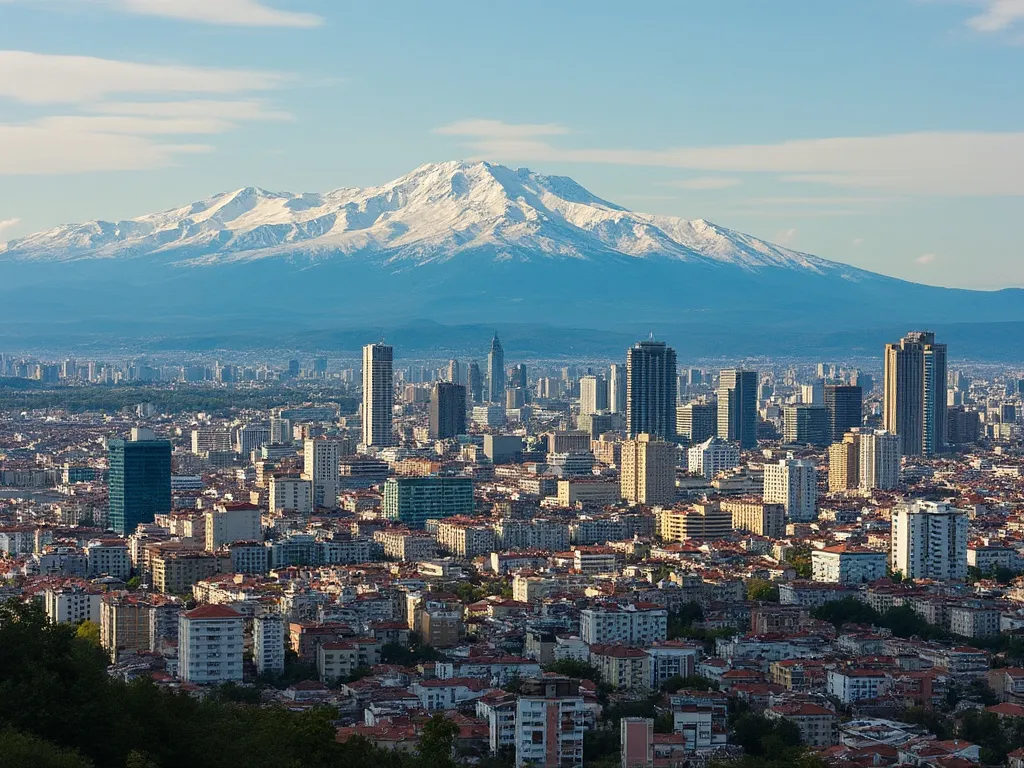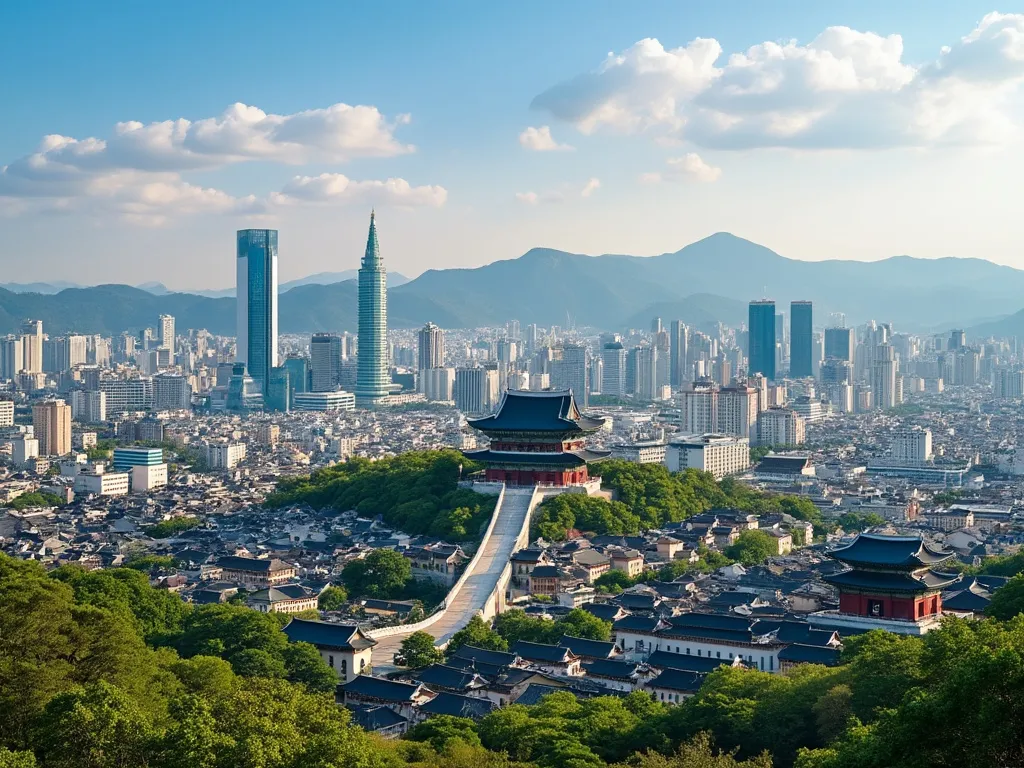
Skopje, the capital city of North Macedonia, is a city with a rich history and cultural heritage. Located in the north of the country, Skopje is situated in the Skopje Valley, surrounded by mountains and hills. The city has a population of over 540,000 people, making it the largest city in North Macedonia.
Skopje information
| Country | 🇲🇰 North Macedonia |
| Population | 544,086 (2020 estimate) |
| Coordinates | 42°00′N 21°26′E |
| Area | 571.46 km² (220.64 sq mi) |
| Climate | Humid continental climate (Köppen climate classification: Cfa) |
| Language | Macedonian (official), Albanian, Turkish, Romani, Serbian, Bosnian |
| Currency | Macedonian denar (MKD) |
| Time zone | Central European Time (CET) (UTC+1) |
| Proximity to other major cities | Belgrade (Serbia) - 440 km (273 mi), Sofia (Bulgaria) - 210 km (130 mi), Tirana (Albania) - 290 km (180 mi) |
Interesting facts about Skopje
- Skopje is home to the largest bazaar in the Balkans, with over 2,000 shops and stalls.
- The city has a unique blend of ancient and modern architecture, with many historical landmarks and modern buildings.
- Skopje is home to many museums, including the Museum of the Macedonian Struggle, the National Gallery of Macedonia, and the Museum of Contemporary Art.
- The city hosts many festivals throughout the year, including the Skopje Jazz Festival, the Skopje Film Festival, and the Skopje Summer Festival.
Tourist attractions in Skopje
- Kale Fortress: a medieval fortress that dates back to the 6th century.
- Church of St. Demetrius: a beautiful Orthodox church that dates back to the 18th century.
- Mustafa Pasha Mosque: a stunning mosque that dates back to the 15th century.
- Old Bazaar: a historic bazaar with over 2,000 shops and stalls.
- Millennium Cross: a large cross that offers stunning views of the city.
Historical background of Skopje
Skopje has a long and complex history, with various empires and civilizations having ruled the city throughout the centuries. The city was founded by the ancient Greeks in the 3rd century BC, and later became part of the Roman Empire. In the Middle Ages, Skopje was an important center of trade and commerce, and was ruled by the Byzantine Empire and the Ottoman Empire. In the 20th century, Skopje became part of Yugoslavia, and after the country's dissolution, it became the capital of the independent Republic of Macedonia.
Geographical location of Skopje
Skopje is located in the north of North Macedonia, in the Skopje Valley. The city is situated at the confluence of the Vardar and Treska rivers, and is surrounded by mountains and hills. The city's geographical location has made it an important center of trade and commerce throughout history.
Cultural significance of Skopje
Skopje is a city with a rich cultural heritage, with a blend of ancient and modern architecture. The city is home to many historical landmarks, including the Kale Fortress, the Church of St. Demetrius, and the Mustafa Pasha Mosque. Skopje is also known for its vibrant cultural scene, with many museums, galleries, and festivals throughout the year.
Economic importance of Skopje
Skopje is the economic center of North Macedonia, with a strong focus on industry, trade, and commerce. The city is home to many major companies, including those in the textile, food, and construction industries. Skopje is also an important transportation hub, with a major international airport and a network of roads and railways connecting the city to other major cities in the region.
Conclusion on Skopje
In conclusion, Skopje is a city with a rich history, cultural heritage, and economic importance. The city offers many tourist attractions, including historical landmarks, museums, and festivals. Whether you're interested in history, culture, or entertainment, Skopje has something to offer for everyone.
 Sofia
Sofia
 Tarawa
Tarawa
 Seoul
Seoul
 Singapore
Singapore